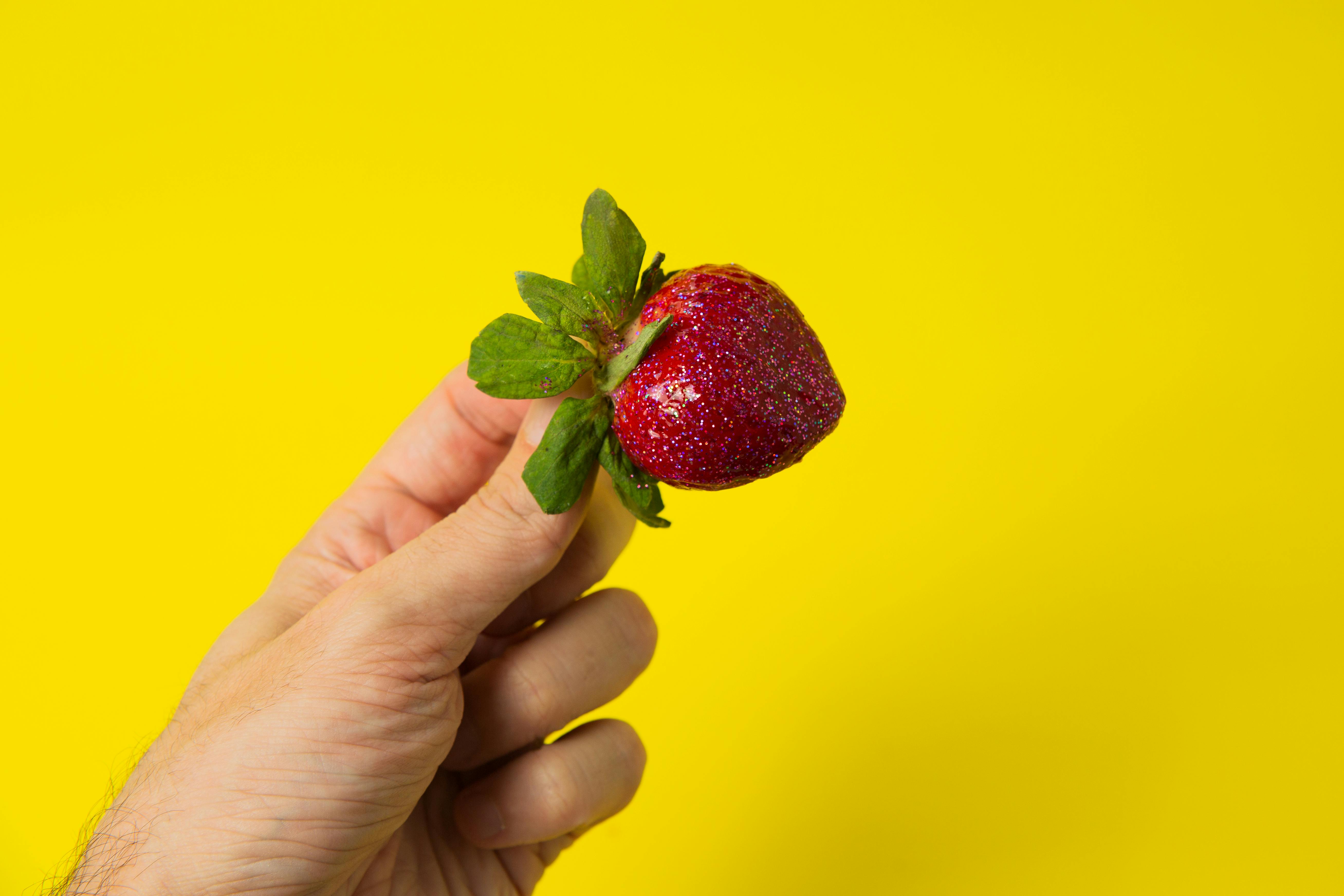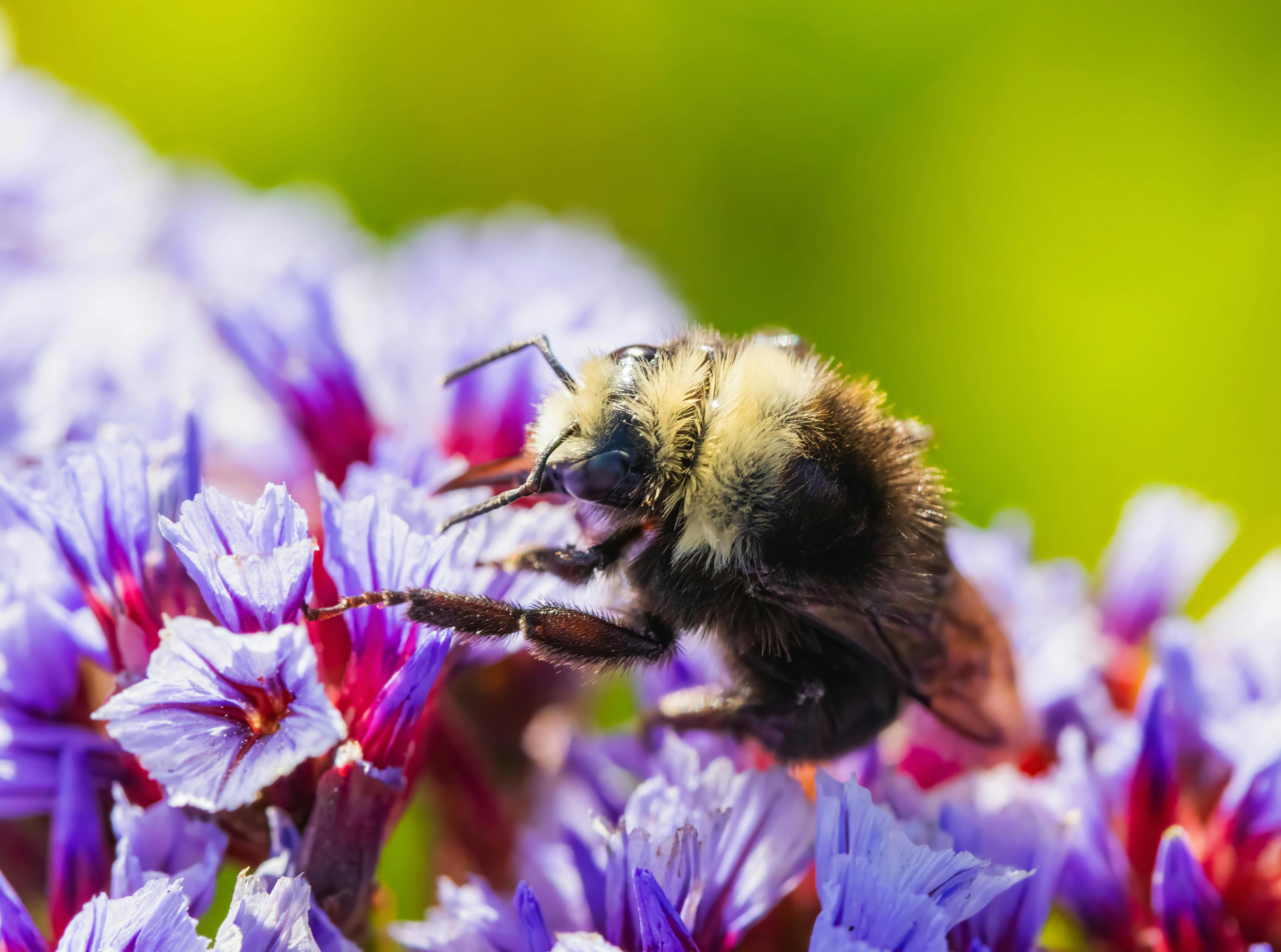If you’ve recently noticed that your strawberries are smaller than usual, you may be wondering what is causing it. Strawberries may become small for a variety of reasons, including environmental factors, pests, and nutrient deficiency. In this article, we’ll discuss the most common causes of small strawberries and what steps you can take to help your plants produce larger fruit.Small strawberries are generally the result of a lack of proper pollination or when the plant receives too much nitrogen fertilizer. Inadequate pollination occurs when there are not enough bees to transfer pollen from one flower to the next on a strawberry plant. Too much nitrogen fertilizer can cause the strawberry plant to produce more leaves and fewer flowers, resulting in fewer berries overall, and smaller berries in particular.
Ideal Environment for Growing Strawberries
Strawberries are a popular and delicious fruit that can be grown in many different climates. In order to ensure a successful harvest, there are certain environmental factors that need to be taken into consideration when growing strawberries.
Temperature is one of the most important factors to consider when growing strawberries. Strawberries grow best in temperatures between 60-80 degrees Fahrenheit during the day and 50-60 degrees Fahrenheit at night. They also prefer climates with moderate humidity and little rain during the flowering season.
Sunlight is also an important factor when growing strawberries. Strawberries need at least six hours of direct sunlight each day, so it is best to choose a spot with plenty of access to sunshine. The more sunlight the plant receives, the more fruit it will produce.
Soil is also essential for successful strawberry growth. Strawberries need well-drained soil that is slightly acidic (with a pH between 5.5 and 6.5). It should also be rich in organic matter such as compost or manure, as this will help supply nutrients to the plants throughout their growing season.
Watering is another important factor for successful strawberry growth. Strawberries need regular watering throughout their growing season but not too much – they can become waterlogged if overwatered, resulting in poor fruit production or disease susceptibility. Aim for 1-2 inches of water per week during dry spells, ensuring that the plants get enough moisture without becoming waterlogged or stressed from too much water.
Finally, it is important to keep weeds under control when growing strawberries, as they can compete with the plants for resources such as sunlight and water. Regular weeding and mulching can help reduce weed competition and promote healthy strawberry growth.
Overall, an ideal environment for growing strawberries requires temperatures between 60-80 degrees Fahrenheit during the day and 50-60 degrees Fahrenheit at night, six or more hours of direct sunlight each day, well-drained soil that is slightly acidic with plenty of organic matter, regular watering without overwatering and regular weed control through mulching or weeding. With these conditions in place, you can ensure healthy strawberry growth and a successful harvest!
Choose the Right Soil and Fertilize
When it comes to growing bigger strawberries, the right soil is essential. Strawberries prefer slightly acidic soil with a pH between 5.5 and 6.5. You should also make sure your soil contains plenty of organic matter, such as compost or aged manure, to help improve drainage and aeration. Additionally, fertilizing your strawberry plants can help them grow bigger fruit. Use a balanced fertilizer that is high in nitrogen, such as 10-10-10, and apply it according to manufacturer’s instructions.
Water Regularly and Mulch
Strawberry plants need regular watering to thrive and produce big fruit. Water your strawberry plants deeply at least once a week during dry periods; water more often if the weather is hot or windy. Applying a 2-3 inch layer of mulch around the base of your plants will help keep the soil moist and prevent weeds from competing with your strawberries for water and nutrients.
Provide Enough Sunlight
Strawberry plants need plenty of sunlight to produce large berries; aim for six hours or more a day. If needed, provide shade on extremely hot days by covering the plants with lightweight fabric or building shade structures out of wood or metal poles. Make sure to give your strawberry plants space for air circulation by providing at least 18 inches of space between each plant when planting in rows.
Thin Out Plants
When your strawberry plants start flowering, thin out any extra flowers so that each plant only has five or six blossoms remaining on it. This will ensure that each flower receives enough energy from its plant to grow into large strawberries instead of several small ones. Additionally, removing any dead or diseased leaves will promote healthy growth in the remaining leaves and flowers on your plant.
How Much Sunlight Does a Strawberry Plant Need?
Strawberry plants are relatively low-maintenance and easy to grow. However, to yield the best results, it is important to understand their needs in terms of sunlight. Strawberries need at least 8 hours of sunlight per day in order to thrive. In areas with milder weather, they may need as much as 12 hours of direct sunlight daily.
When planted in the ground, strawberry plants should be placed in an area with full sun exposure. If not possible, then partial shade can be provided as well. If planted indoors or in a container, it is important to place them near a window that gets plenty of natural light or use artificial lighting such as fluorescent bulbs that provide enough light for the plant’s needs.
It is also important to note that too much sunlight can be damaging for strawberry plants as well and cause sunscalding on the fruit. To avoid this issue, it is best to provide some shade during the hottest part of the day or use a cloth or netting over the plant if necessary.
Overall, strawberry plants need at least 8 hours of direct sunlight per day in order to thrive and produce healthy fruit. Providing too much light can also be damaging, so it is important to find a balance between providing enough light while also protecting from too much sun exposure. With proper care and attention, your strawberry plants will yield sweet and delicious fruit for years to come!
How Much Water Do Strawberry Plants Need?
Strawberry plants need an adequate amount of water in order to thrive. Generally, strawberry plants require about 1 to 2 inches of water per week during the growing season. This amount of water should be applied in two or three separate watering sessions, depending on the amount of rain received in any given week. It is important to water the plants consistently in order to keep the soil moist and ensure that the strawberry plants receive enough moisture. If there is not enough rainfall, supplemental irrigation will be necessary in order to provide sufficient water for the plants.
It is also important to consider other factors when determining how much water a strawberry plant needs. For example, sandy soils may require more frequent watering sessions compared to heavier soils that retain moisture better. Additionally, cooler temperatures may slow down the growth of the strawberry plant and reduce its need for water. In this case, it may be necessary to reduce the amount of supplemental irrigation and rely more on natural rainfall.
In general, it is best for gardeners to observe their strawberry plants closely in order to determine how much supplemental watering they need throughout the growing season. If the soil appears dry or if there have been several days without any rain, then additional irrigation should be provided for optimal growth and fruit production. Overall, providing 1-2 inches of water per week will help ensure that your strawberry plants remain healthy and productive throughout the growing season.

What Type of Soil Is Best for Growing Strawberries?
Strawberries are a popular fruit that is enjoyed by many. For successful strawberry growing, the soil must be right. The ideal soil for growing strawberries should be well-drained and have a slightly acidic pH level between 5.5 and 7.0. The soil should also have plenty of organic matter to help retain moisture and provide essential nutrients for the plants. Good drainage is especially important in order to prevent root rot and other problems caused by too much moisture in the soil. Additionally, it is important to make sure that the soil is free of weeds and disease-causing organisms such as nematodes, which can damage the roots of the strawberry plants.
When preparing the soil for planting strawberries, it is important to add organic matter such as compost or aged manure, as well as fertilizer specifically formulated for strawberries. This will help ensure that the plants have all of the nutrients they need to thrive. If possible, it is best to test the soil pH before planting so that any necessary adjustments can be made in order to achieve optimal growing conditions.
In general, sandy soils are preferred for strawberry production due to their excellent drainage properties; however, loam soils can also work well if they are amended with organic matter. In some cases, raised beds may be used in order to ensure adequate drainage even in heavier clay soils. By taking these steps and providing your strawberry plants with quality soil, you should be able to enjoy a plentiful harvest of sweet and juicy strawberries!
Do Fertilizers Help Increase Strawberry Size?
Fertilizers are known to be an essential part of any horticultural crop, and strawberries are no exception. Fertilizers help increase strawberry size by providing essential nutrients to the plant, such as nitrogen, phosphorus, and potassium. These nutrients are necessary for the plant to produce larger fruits. Additionally, fertilizers can also improve soil structure and drainage, allowing for better root development. This further increases the size of the strawberries as the plants have a greater access to water and nutrients.
However, it is important to note that too much fertilizer can be detrimental to the strawberries as it can lead to nutrient toxicity in the soil and also cause excessive leaf growth which can reduce fruiting potential. Therefore, it is important to use fertilizers judiciously and according to the directions on the label. Additionally, it is recommended that organic fertilizers be used instead of synthetic ones as they have fewer negative effects on the environment.
Overall, fertilizers can help increase strawberry size by providing essential nutrients for good fruit production while also improving soil structure and drainage for better root development. However, it is important to use these fertilizers with caution and follow directions on the label carefully in order to avoid any negative side effects.
Ensuring Soil Nutrients for Strawberry Thriving
Strawberries need specific soil conditions in order to thrive. To ensure that your strawberries get the right nutrients, it is important to know what these conditions are and how to provide them. The soil should be well-drained but not overly dry, and made up of a combination of organic matter and minerals. It should also have a pH level between 5.5 and 6.5. You can test your soil’s pH level using an at-home soil testing kit, or you can have your soil tested by a professional laboratory.
Adding organic matter such as compost or aged manure will give the soil the necessary nutrients for strawberries to grow and develop properly. Make sure to mix this material into the top several inches of soil before planting strawberries. Additionally, adding organic mulch like straw or wood chips can help keep the soil moist and provide extra nutrients over time.
Fertilizing is also important when growing strawberries. Use a balanced fertilizer specifically designed for use with fruiting plants like strawberries. Follow the instructions on the package for proper application rates and timing, as too much fertilizer can burn plants and cause nutrient deficiencies. Additionally, supplementing with specific minerals like calcium, magnesium, sulfur, iron and zinc may also be necessary if deficiencies are found during a soil test.
By following these steps, you can ensure that your strawberry plants have all of the necessary nutrients they need to grow strong and produce delicious fruit!

Conclusion
Small strawberries are a common problem that can be caused by several factors, such as lack of nutrients in the soil, stress due to weather conditions, and incorrect pruning. Despite these factors, the size of your strawberries can be improved by adjusting your growing practices. These include providing proper nutrition to the soil, protecting your plants from extreme weather conditions, and pruning correctly to promote better fruit growth. With a bit of attention and care, you can have larger and juicier strawberries next year.
Strawberries are an excellent source of vitamin C and other essential vitamins and minerals which makes them an important part of a healthy diet. Despite their small size, they are still packed with flavor and nutrients. With the right growing practices, you can increase the size of your strawberries while still enjoying their sweet taste.



